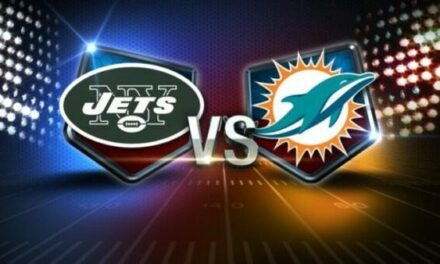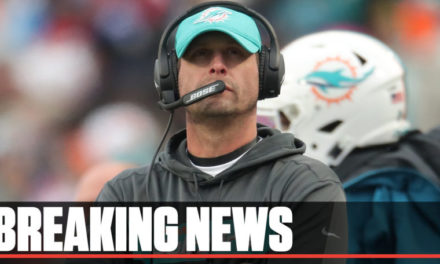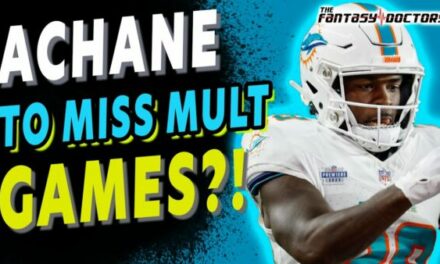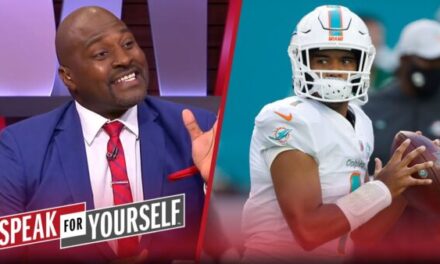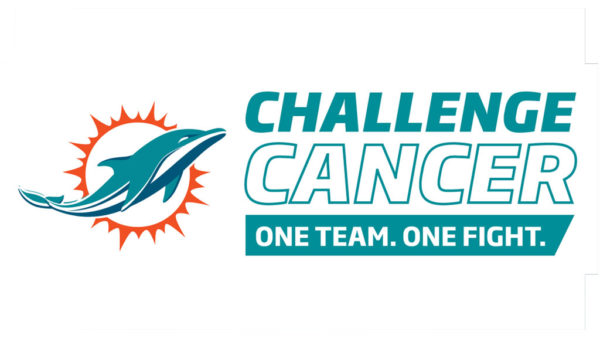
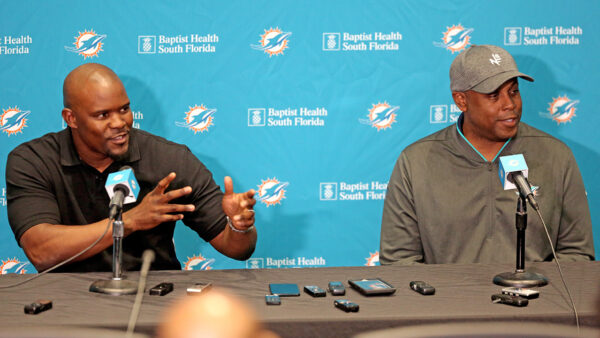
We are less than a week away from free agency. Teams are releasing players and readjusting contracts to get under the NFL salary cap and create more room to spend by next week. With the salary cap shrinking to $182.5 million due to the pandemic, teams are working harder than usual to get under the cap. The Miami Dolphins are no different from any other team, but their cap situation is better than half the league. But they will still create more cap space to try to spend on players and draft picks to get better.
Last week the Dolphins released linebacker Kyle Van Noy to clear out just over $9 million in cap space this year and at least $25 million the next two years combined. His release comes one year after giving him a 4 year $51-million-dollar contract with $30 million guaranteed. On the one hand, the contract was structured well where the Dolphins could get out of it after 1 year by front-loading a chunk of the guaranteed money. However, on the other hand, it’s a reminder that free agency is buyer beware, meaning teams should be careful on contracts they sign players too, especially with the guaranteed money.
?NEW?@DolphinsTalk.com Podcast w/Mike as he goes over the Kenny Golladay and James Conner to Miami rumors. He gives his thoughts on the Isaiah Wilson trade, plus he shares some pre-Free Agency thoughts. https://t.co/83SGJhkU7A
— DolphinsTalk.com (@DolphinsTalk) March 11, 2021
The first week of free agency is what they call the “first wave,” where teams spend tens of millions in guaranteed money on players to improve their teams. It’s great as a fan because it shows your team is willing to spend money to put a competitive team on the field. However, when those players don’t pan out, teams are stuck with those players, or teams get rid of those players and are on the hook for the rest of their guaranteed on the books.
I’ve seen that happen so many times with the Dolphins over the years. They would sign players to big contracts within the first few days of free agency on guys like Ndamukong Suh, Mike Wallace, Danelle Ellerbe, and Phillip Wheeler only to get nothing out of those and have to eat the contract to get rid of them. The Dolphins also gave big contracts to players with durability like Justin Smiley and Jake Grove, thinking things would get better only to see them unavailable most of the time they were with the team.
Just two years ago, general manager Chris Grier started this rebuilding project, and the first thing he had to do was get the salary cap in order. In doing so, the Dolphins were forced to deal with $60 million in dead cap space for players no longer under contract. Players who weren’t performing up to their contracts, like Suh, TJ McDonald, Robert Quinn, and others, were released or traded. The Dolphins have had success in free agency after the first wave of free agents on players at more bargain prices, like Brent Grimes and Randy Starks. However, for every good free agent find like Grimes and Starks, there is always a Suh or Wallace that don’t live up to the contract they sign.
The Dolphins, like all teams, have holes on their roster. The Dolphins also have four of the top 50 picks in this year’s draft, barring any trades. The Dolphins, in the last couple of years, have done a good job of drafting and developing players, and they should continue to do that. They can continue to sign free agents, but they should be careful, especially if they will spend in the first wave of free agency. This isn’t to say the Dolphins should stay away from free agency, but rather be cautious in their spending, so they don’t have bad ramifications against their salary cap in future years.

